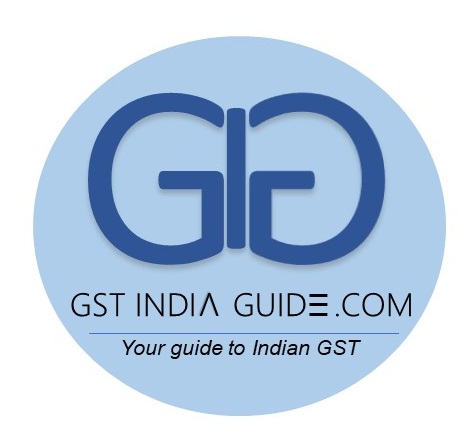India’s tax system is among the most complex of the world — 157th, according to PricewaterhouseCoopers LLP, with about 33 different payments required. It’s a consistent barrier to entrepreneurship and to investment. That’s why so many people were eagerly anticipating the rollout of the Indian government’s first real attempt at systemic reform in recent years: a nationwide goods-and-services tax.
The GST, which is supposed to knit India’s various tax jurisdictions together and make it easier for businesses to claim deductions, has been in the works for over a decade. Initial estimates suggested it could add over two percentage points to GDP growth.
Prime Minister Narendra Modi’s government deserves credit for cobbling together the political coalition needed to pass such a complex reform, getting the nod from a two-thirds majority in both Houses of Parliament and 50 percent of state assemblies. But the government may now be undermining its own victory. News emerged last week that the new council of central and state finance ministers empowered to administer the tax has decided on a GST with four levels and numerous exemptions.
This is even worse than it sounds. For one thing, many goods will remain tax-free, which actually makes five levels. In addition, various surcharges and cesses are planned on certain kinds of goods. Altogether, the number of rates may end up being closer to seven or eight. This isn’t exactly the sort of simplicity that the GST promised to bring to paying taxes in India.
The GST was supposed to be straightforward: a single rate, or a narrow band, with no exemptions and a single tax form. That would allow companies to know exactly, without excessive paperwork, what they needed to pay and what input costs they could set off. Instead, it’s far from clear whether the new GST will in fact reduce paperwork; it may even increase the number of forms that companies will have to submit.
What’s going on? Why is the government frittering away the opportunity to vastly boost Indian productivity and growth? The answer goes to the heart of the Modi government’s failure on economic policy-making. By and large, the Prime Minister has shut out the kind of domain experts who are needed to frame complex reforms of this sort. Instead, he has relied extensively on bureaucrats.
The mess the Finance Ministry has made of the GST reveals exactly why this is dangerous. For Delhi’s bureaucrats, more control is always a good thing. And note what the multiple-rate GST means: Private companies have an incentive to go to New Delhi and press for their products to be shifted to a lower tax slab. It’s an “open invitation to producers’ and traders’ associations” to lobby bureaucrats, as one economist puts it. The powerful automobile manufacturer lobby, for example, must be girding its loins to do battle in the capital’s corridors of power: Small cars are to be taxed at 28 percent and not 18 percent, and SUVs a couple of percentage points higher.
In other words, the only people likely to emerge from this happier are the bureaucrats who have somehow managed to retain power over the private sector. It’s likely they persuaded the politicians that multiple rates were essential to ensure revenue wouldn’t decline. In the process, they’ve ignored advice from economists. The government’s own Chief Economic Adviser produced a report earlier this year arguing for two rates, with a maximum rate of 18 percent. That’s close to the worldwide best practice. New Zealand, for example, introduced a GST with a single rate in 1986 that’s changed only twice since; Canada introduced a GST in 1990 and then didn’t touch it for 15 years.
One former finance minister has said multiple rates would be “disastrous,” and he’s not too wrong. The government’s various dilutions to a “pure” GST will have a big effect on the growth-boosting effect of the reform, generating at best a 0.4 percent bump, according to HSBC.
It’s still possible that, over time, the government will realize its mistake and cut down the number of exemptions, the number of different rates and the amount of paperwork required. That will require India’s elected politicians, in both New Delhi and state capitals, to look carefully at the data, be nimble and ignore the protestations of their bureaucrats. The alternative is that the GST will simply not make enough of a difference to India’s absurdly complex tax system to shift the country’s growth trajectory. It would be — as one economist put it a “name changer, rather than a game-changer.”
The Economic Times, 08 November 2016
